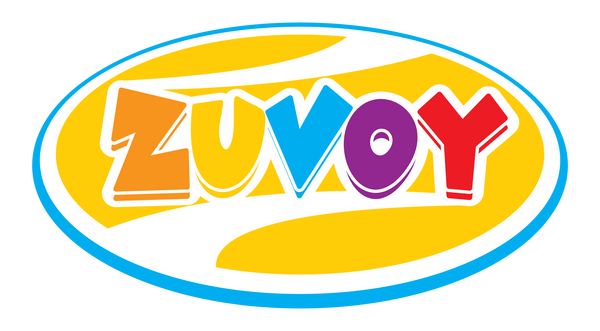Gratitude is one of the most valuable qualities children can develop—it helps them appreciate life’s little joys, build empathy, and grow into positive, resilient individuals. But how do you teach gratitude to kids in a way that’s fun and meaningful? That’s where a gratitude board game comes in.
The right board game doesn’t just entertain; it turns gratitude into an everyday practice. If you’re wondering what to look for in a gratitude board game for your little one, here are the key features to consider.
1. Age-Appropriate Design
Young children (ages 4–8) learn best with simple rules, bright visuals, and easy-to-follow gameplay. A gratitude board game should:
- Use colorful, inviting designs to keep kids engaged.
- Have short playtimes (10–20 minutes) to suit young attention spans.
- Avoid overly complex instructions that might frustrate children.
2. Interactive and Engaging Activities
Kids learn gratitude best through hands-on activities and role-play. Look for a game that encourages them to:
- Share what they’re thankful for.
- Perform small acts of kindness.
- Work together with family members.
For example, Zuvoy’s Gratitude Quest blends playful tasks with reflection, helping kids express thankfulness while having fun.
3. Storytelling Elements
Children love stories—and stories are powerful tools for teaching gratitude. A good gratitude board game should include:
- Scenario cards with everyday situations (e.g., “A friend shares their toy with you. What are you thankful for?”).
- Role-play opportunities where children act out responses.
- Character tokens that make the experience more immersive.
4. Focus on Empathy and Sharing
Gratitude is closely linked with empathy. Choose a game that:
- Rewards kindness and appreciation, not just winning.
- Encourages players to listen to others and celebrate their answers.
- Promotes teamwork over competition.
This ensures kids learn that gratitude is about connection, not comparison.
5. Visual Rewards and Progress Tracking
Children love seeing their progress. Gratitude games that include a visual element—such as blooming a gratitude tree or collecting gratitude tokens—make the practice more exciting.
- These visual rewards keep kids motivated.
- They also reinforce the idea that gratitude grows when we practice it regularly.
6. Safe and Durable Materials
Since this is for young children, ensure the game is:
- Made with non-toxic, child-safe materials.
- Sturdy and durable, especially if it’s a wooden or puzzle-based game.
- Large enough to avoid small choking hazards.
7. Family-Friendly Gameplay
A gratitude board game should invite the whole family to join in. Look for features like:
- Open-ended questions that spark conversations.
- Activities that involve parents and siblings.
- Cooperative goals that strengthen family bonding.
Final Thoughts
A gratitude board game is more than a toy—it’s a tool for building lifelong values. By choosing a game that’s age-appropriate, interactive, story-driven, and empathy-focused, you give your child the chance to practice gratitude in a fun, memorable way.
🌟 Games like Zuvoy’s Gratitude Quest turn everyday play into a journey of thankfulness, helping children appreciate kindness, express emotions, and grow with positivity.
